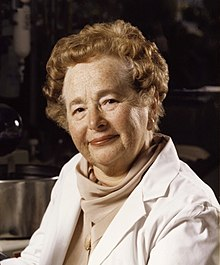ByWater Institute director sees a better way for science to change the world

The news is full of stories detailing the negative impact humans have had on the environment and the potential peril of precious natural resources, such as water, that sustain life on this planet. But John Sabo, director of the Tulane ByWater Institute and professor in the Department of River-Coastal Science and Engineering at the School of Science and Engineering, is one of a new vanguard of scientists who are moving away from analyzing the problems to finding solutions to them.





